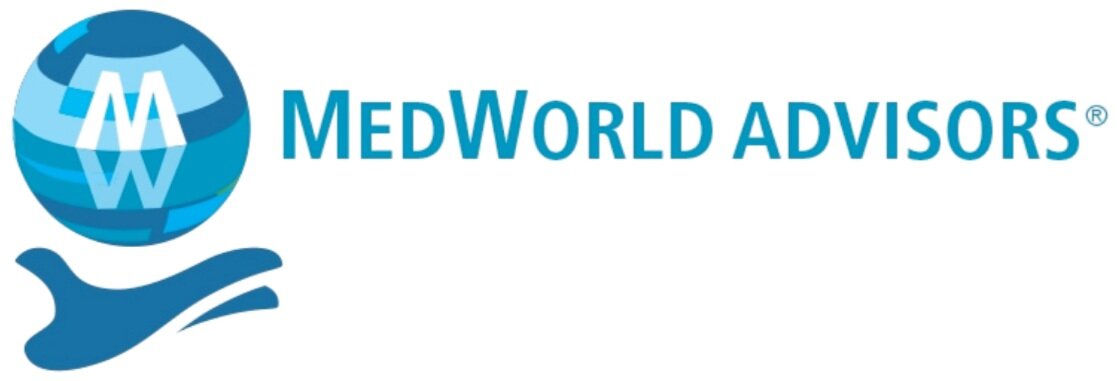Maximizing M&A Value: Avoiding Common Mistakes by Sellers
To view this article on the Medical Product Outsourcing website, click here.
As veteran medtech industry executives, we’ve worked on various types of deals throughout our careers, including merger activity with large organizations, middle-market company acquisitions, and emerging technology strategic exits through partnerships and licenses.
In our current roles as medtech M&A advisory consultants, we’ve also worked alongside many innovative and successful business owners.
It often breaks our hearts when we see hard working, smart entrepreneurs make simple mistakes that reduce their companies’ value before, during, or after an M&A transaction. It’s a shame when a sharp and experienced business owner at any stage of her/his company’s development or maturity loses money because of a simple error or misunderstanding. Worse yet is that, in many cases, these missteps could have been avoided with situational intelligence.
Some typical types of value-impacting blunders include:
Initiating an M&A process without really being ready for it. Many entrepreneurs are quite successful business people. However, most have minimal experience in selling any business, let alone their own. Before beginning any M&A activity, it is important to take time to fully anticipate the necessary requirements for successfully obtaining maximum stakeholder value. Business owners often ask us when they should begin thinking about an exit strategy and our answer is always the same: It is never too early. In fact, our recommendation is to “begin with the end in mind.”
Unrealistic valuation expectations. We’ve seen sellers lose deals because they simply did not take the time to understand their company’s likely market value. The hundreds of millions of dollars GE Healthcare, Philips, Medtronic, Boston Scientific, or another large strategic may pay for an early-stage company is not as common as it may seem. While they are not impossible, it’s important to fully understand all the dynamics involved these few and far between “lottery winner”-type deals. There usually is a lot of underlying deal value is involved for multiple reasons, including market opportunity, IP, clinicals, and simply timing. The latter reason has a huge impact on many M&A outcomes, which is why we have always championed the formula “value = strategic fit + timing®.”
Stakeholder expectations misalignment. Companies that have taken on other shareholders must ensure that all stakeholders are aligned on possible exit valuations before embarking on the M&A process. Such an alliance is extremely important; we have seen hardworking entrepreneurs lose value at the end of a deal because some board members or other shareholders had differing expectations. At the last minute, they were forced to make concessions of their own holdings to successfully complete the deal.
Lacking transparency. It is important for medtech firms to be forthcoming about the state of their business in the past, present, and future. And it’s important to realize that all businesses have some imperfections. Thus, it is crucial that a buyer knows about both key assets and any critical weaknesses before entering due diligence. Key issues are always uncovered in due diligence, and buyers use that to renegotiate terms or end the deal, which can cost the seller unnecessary losses. We always advise clients to be transparent about critical items so a buyer cannot use this approach with a seller.
Changing sale price based on perceived interests. Once a seller has an appropriate value in mind, the seller should not change expectations over the number of interested parties. Buyers that worked hard to entice to review a business may become nervous if the seller suddenly jumps to higher valuations. A seller, however, can leverage (through negotiation) multiple interested parties to ensure no money is left on the table in the deal. A good advisor can make that outcome easier.
Leaving money on the table. It’s unfortunate when this occurs and sad when a seller fails to realize it happened. But it is perhaps most painful when a seller realizes that money was left on the table. Many sellers lose objectivity when working on a deal, which makes it important to retain outside advisors during key phases of the M&A process.
Taking too much time to respond. This is a no-brainer. Every M&A process has its own flow but sellers must be responsive to buyer requests. Stakeholder deal magic is about timing and process flow. Therefore, once engaged with a buyer, keep the train moving down the tracks. If that train gets derailed, it is often difficult to get it moving again.
Being unprepared for tax implications. Every deal has tax implications and they should be negotiated during the term sheet process to avoid future complications in the definitive agreement. Failing to do so could potentially hurt deal momentum if these issues are addressed too late in the negotiations process.
Not understanding global opportunities. Medtech is a global market and business owners should understand and be able to explain the full global market opportunity for its products and pipeline. There should also be sound rationale for the factors driving growth in the various geographical markets.
Underestimating the regulatory requirements and timing for new products. Specific mandates worldwide and their respective timetables should be known to sellers. Most medtech companies are aware that regulatory clearances have huge impacts. Understanding timing is critical to the seller’s pro-formas (and the buyer’s new product introduction calculations).
Not having a reasonable pro-forma projection. Or having one at all. Many buyers prefer to assess the seller’s vision for future sales as part of their valuation analysis. Not only does it give them an idea of the possibilities, it gives them insight into the seller’s thinking about the company’s future business model, which is helpful for the buyer to understand.
Losing track of company operations. Keeping up company performance is critical. Some sellers assume the deal is complete when the letter of intent is signed and they consequently let some company metrics slip. This is a huge mistake, as those items can often be a deal-killer when discovered by a potential buyer during diligence.
Understanding the win-win concept. Sellers must remember they will most likely work with buyers in the future. We have seen attitudes and unrealistic expectations turn a deal sour. When negotiating, companies should bear in mind that no deal is ever 100% harmonious, but a win-win scenario can be achieved nevertheless.
Not hiring an experienced M&A professional and other advisors. It’s crucial to have the right deal team in place to obtain the best stakeholder outcome. Every deal has its own flow, momentum, and key leverage points for negotiation so it’s helpful for sellers to have experienced professionals on their side to negotiate with buyers—who most likely will have experienced professionals on their side. When retaining your advisors, companies must ensure they are kept informed until the deal is finalized. No deal is ever complete until it is signed and the money is transferred.
As mentioned earlier, value depends on strategic fit and timing. It should be that simple but deal attainment takes much preparation and execution. It takes situational intelligence. Companies should prepare in advance to maximize the M&A opportunity to ensure they make the right moves and avoid the unnecessary blunders that cost stakeholder value. Here’s to the best outcome possible.
Florence Joffroy-Black, CM&AA, is a longtime marketing and M&A expert with significant experience in the medical technology industry, including working for multi-national corporations based in the United States, Germany, and Israel. She currently is CEO at MedWorld Advisors and can be reached at florencejblack@medworldadvisors.com.
Dave Sheppard, CM&AA, is a former medical technology Fortune 500 executive and is now focused on M&A as a managing director at MedWorld Advisors. He can be reached at davesheppard@medworldadvisors.com.
To view this article on the Medical Product Outsourcing website, click here.

